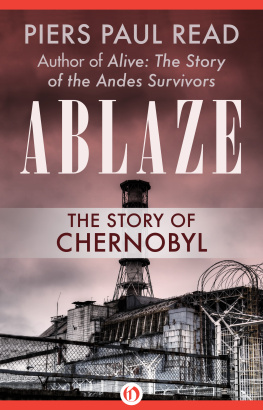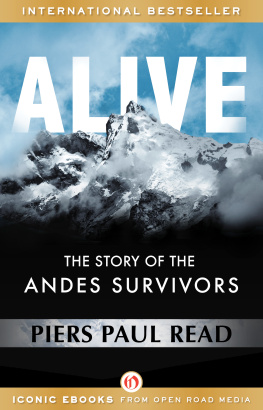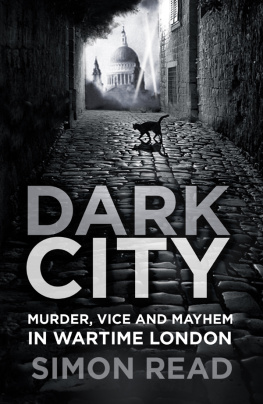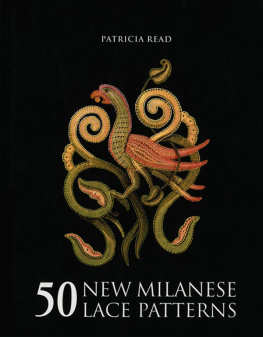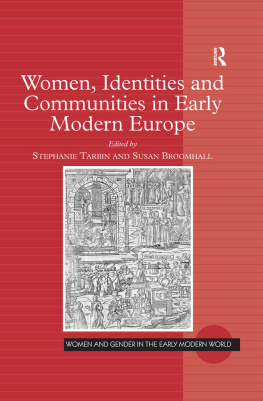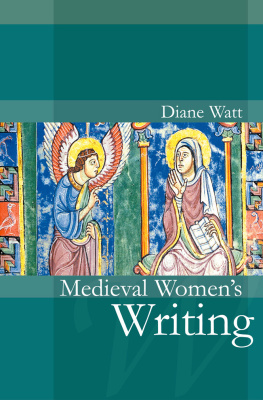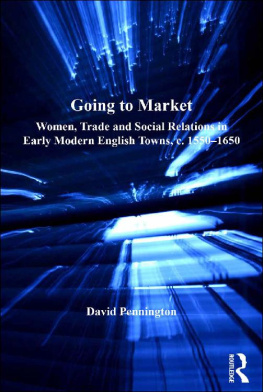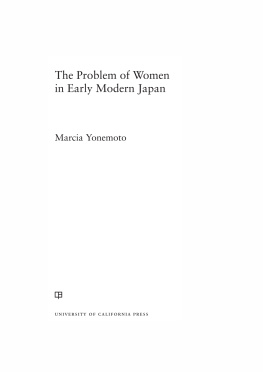This book is dedicated with much love to my
Nanna, Annie (b. 1924), matriarch extraordinaire.
First published in Great Britain in 2015 by
Pen & Sword History
an imprint of
Pen & Sword Books Ltd
47 Church Street
Barnsley
South Yorkshire
S70 2AS
Copyright Sara Read 2015
ISBN: 978 1 47382 340 2
EPUB ISBN: 978 1 47385 958 6
PRC ISBN: 978 1 47385 957 9
The right of Sara Read to be identified as the Author of this Work has
been asserted by her in accordance with the Copyright, Designs and
Patents Act 1988.
A CIP catalogue record for this book is available from the British
Library
All rights reserved. No part of this book may be reproduced or
transmitted in any form or by any means, electronic or mechanical
including photocopying, recording or by any information storage and
retrieval system, without permission from the Publisher in writing.
Typeset in Ehrhardt by
Mac Style Ltd, Bridlington, East Yorkshire
Printed and bound in the UK by CPI Group (UK) Ltd,
Croydon, CRO 4YY
Pen & Sword Books Ltd incorporates the imprints of Pen & Sword
Archaeology, Atlas, Aviation, Battleground, Discovery, Family
History, History, Maritime, Military, Naval, Politics, Railways, Select,
Transport, True Crime, and Fiction, Frontline Books, Leo Cooper,
Praetorian Press, Seaforth Publishing and Wharncliffe.
For a complete list of Pen & Sword titles please contact
PEN & SWORD BOOKS LIMITED
47 Church Street, Barnsley, South Yorkshire, S70 2AS, England
E-mail:
Website: www.pen-and-sword.co.uk
Contents
List of Illustrations
Acknowledgements
T his book has been a pleasure to write and Id like to thank Pen & Sword for their enthusiastic and swift response to my proposal. I am grateful for the support of my colleagues in the School of Arts, English and Drama, at Loughborough University, especially those in the Early Modern Research Group.
Id like to thank Deirdre OByrne for her enthusiasm towards this project, Katie Aske for putting me right about the true meaning of puppywater (see ). My grateful thanks go to my former officemate and close friend Rachel Adcock for her superb clothing illustration and for reviewing my chapters on religion.
Id like to thank Jen Evans for her support and for the work she puts into her blog earlymodernmedicine.com, which I not only enjoy co-editing but from which I also learn so much.
I owe a great deal to the Wellcome Trust for their decision to make their library of digital images freely available, and have sourced many of the illustrations here from this wonderful collection.
I want to acknowledge too, the lively discussion that has grown up on Twitter, where scholars interested in any aspect of historical research pool information using the #twitterstorians and #medhist hashtags. These hashtags link to a myriad of blog posts and informative discussions. Im on Twitter on @floweringbodies and always happy to hear from others with shared interests.
The chapter on childbirth is an expanded version of an article which appeared in Discover Your Ancestors, volume 3, in February 2014 and I am grateful to the editor for permission to include it here.
My thanks go to Jen Newby and Eloise Hansen at Pen & Sword for making the publication process so smooth and pleasant.
And final thanks, as ever, go to my whole family for their continued support.
Dr Sara Read, 2014
A Note on Original Texts
A ll early modern quotations have been modernised to make the sense accessible while retaining the original meaning. The legal calendar started on March 25 in the seventeenth century, even though people celebrated the New Year on 1 January, as we do. This means though, that any dates before 25 March fell within what we would perceive as the previous year. Any dates have therefore been regularised to match the modern calendar.
The first time an individual is referred to, their dates of birth and death (where known) are given; these also appear in the index. Details of all the texts quoted or from which information is taken, are listed in the Bibliography.
Introduction
Arise early
Serve God devoutly
Then to thy work busily
To thy meat joyfully
To thy bed merrily
And though thou fare poorly
And thy lodging homely
Yet thank God highly.
(Bartholomew Dowe,
Dairy Book for Housewives, 1588)
S o Katharine Dowe advised, according to her son Bartholomew in his Dairy Book for Housewives (1588). Katharine worked as a dairy farmer and her words sum up many aspects of the lives of early modern women. Being devout, working hard, eating well were attributes that most conduct books of the day recommended. They also match the best medical opinion of early modern times, which saw a cheerful disposition, good food, hard work and sufficient rest as a model for good health. All of these areas of womens lives will be demonstrated in the following chapters.
The early modern era is generally taken to be the time immediately after the medieval period up until the late eighteenth century, although this book focuses on the seventeenth century in particular. The title of this book, Maids, Wives, Widows, is taken from the legal classification of women in early modern times. This triad was widely used by men and women to indicate the status of an individual woman. While the legal definition of women according to their marital status is a useful starting point, I hope this book will leave readers with a sense of how varied, rich, joyous, and sociable early modern womens lives were, not to mention just how busy or difficult they could be. There is not just one type of early modern woman, whether maid, wife or widow, and this book will give varied examples of womens different personalities and different economic circumstances.
Maids, Wives, Widows also aims to give a real sense of how an early modern woman filled her days, covering topics such as: what she might have eaten; how she kept well; what she wore; who she socialised with; what she read; what sort of paid work was available to her; how and when she married. The details of daily life are also explored, for instance how women coped with periods, with breastfeeding, and with childbirth on top of everything else. The following chapters are intended to provide a tour through many facets of womens everyday lives in England between 1540 and 1740.
During this period a virgin or unmarried woman of any age, from a baby to an elderly unmarried woman, was known as a maid, while wife or widow similarly classified the remainder in terms of their marital status. Although, in some circumstances, a single woman could be defined as a femme sole and have legal rights over her own affairs, generally speaking, in the first two categories women were under the legal control of their father or husband respectively. A married woman took on the status of a femme covert, which meant that she no longer had a legal identity but was subsumed into that of her husband.
Widowhood, by contrast, was a state in which a woman might have some control over her own life, probably for the first time. For a start she now became the legal owner of her property. A widow was commonly afforded a jointure, or settlement, in her husbands will, which allowed her a third of his estate, at least until she remarried, hence the phrase a widows thirds. For titled widows the term dowager was normally added before their name to show their husband was dead, but ordinary women were often referred to as widow in place of mistress (a term which applied equally to single and married women). The Somerset apothecary John Westovers notebook regularly entitles women in this way; for instance on 19 March 1686 he noted that Widow Langcassel of Blackford sought treatment for a sore mouth.
Next page

